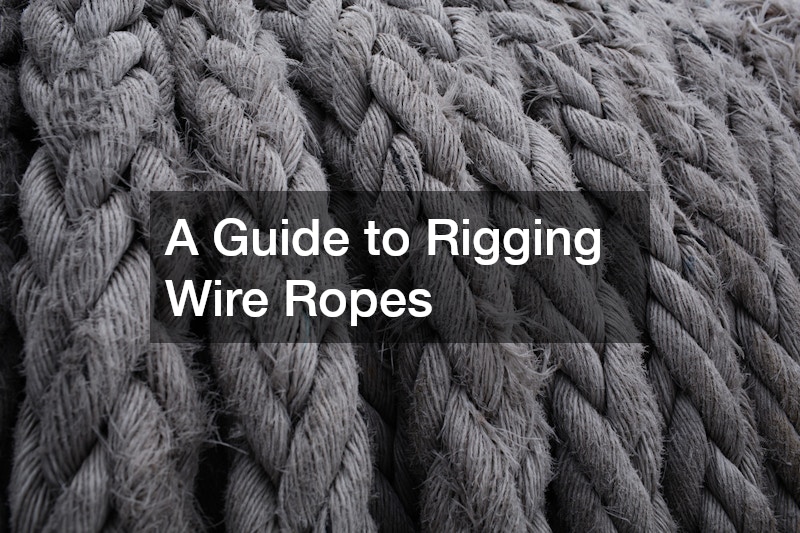Rigging wire ropes are essential components in various industries, including construction, shipping, and heavy lifting operations. Understanding the different types of wire ropes and their proper usage is crucial for ensuring safe and efficient rigging operations.
Wire ropes are made up of multiple strands of wire twisted together to form a strong, flexible cable. The number of strands and wires per strand determines the rope’s strength and flexibility.
For example, a 6×19 wire rope has six strands, each containing 19 individual wires. This type is commonly used in lifting and rigging applications due to its balance between strength and flexibility.
When selecting rigging wire ropes, it’s essential to consider factors such as load capacity, diameter, and resistance to abrasion. Matching the right rope to the specific job ensures safe operations and prevents accidents. Additionally, proper maintenance is key to extending the lifespan of wire ropes. Regularly inspect for signs of wear, such as fraying or kinking, and replace damaged ropes immediately to avoid potential hazards.
Understanding the basics of rigging wire ropes and adhering to safety practices can greatly improve the performance and longevity of your rigging equipment, ensuring smooth and safe operations on the job.
.

